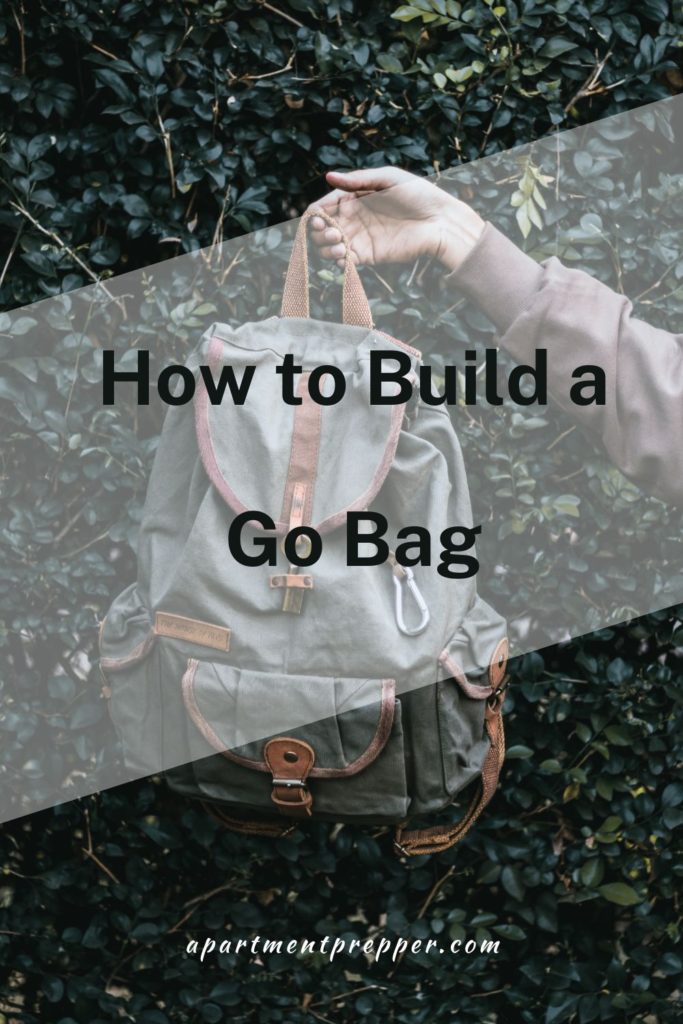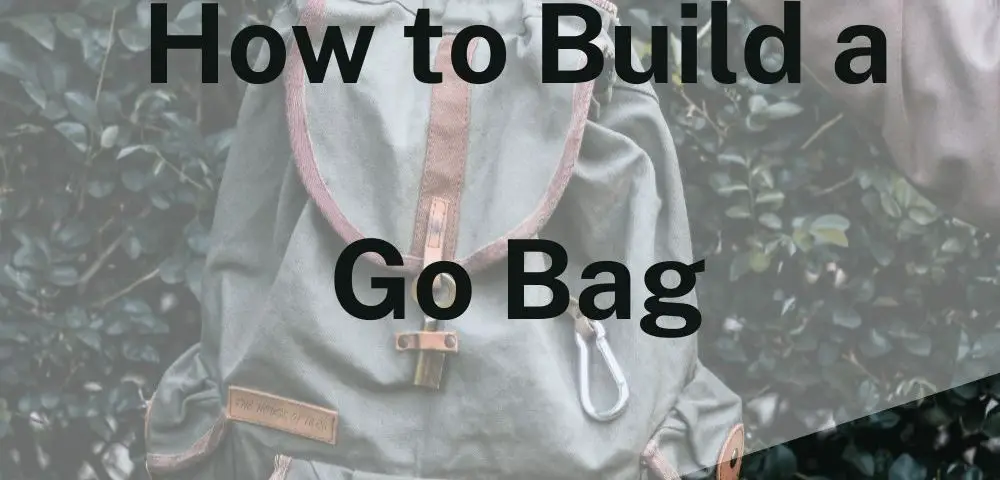Written by Bernie Carr
Most people would prefer to sit out an emergency at home, surrounded by familiar surroundings. However, an emergency evacuation may force you to leave your apartment to get out of harm’s way. According to FEMA, evacuations are more common than people think. The most common reasons are natural disasters such as hurricanes and floods or man-made disasters such as fire, transportation or industrial accidents.
Prepare a “go bag” that you can take with you in the event of an evacuation. A go bag is a pre-packed bag that contains items to help make you more comfortable during your time away from home. Having it packed and ready to go will save you the trouble of rushing around searching for things at the last minute.
Creating your go-bag should not cost you a lot of money. You simply gather up items you may already have around your home. To carry everything, you’ll need a large duffel bag, sturdy backpack or even a suitcase you already own. Assemble a go bag for each member of your household.
Here is a list of items to include:
Water and Food
In addition to water bottles, bring a portable water filter so you can replenish your supply as soon as you find a water source.
Choose lightweight and portable food such as energy bars. Seal the food in an airtight container to avoid attracting pests.
Change of clothing
Pack three days worth of clothing including underwear and extra socks. You’ll also want to include rain gear as well as comfortable walking shoes.
Personal hygiene
Keep yourself clean with a small kit of travel size soap, toothbrush, toothpaste, deodorant, moist towelettes, toilet paper, tissues, etc. Bring a couple of trash bags for waste disposal. Tailor your items to address your family’s specific needs such as sanitary napkins, diapers, baby wipes, etc. https://www.ready.gov/build-a-kit
Cash
In a disaster, credit and debit card machines may be inoperable. Bring cash in various denominations such as $1, $5 and $10, as well as spare change in case you need money for toll roads and vending machines.
First aid kit with prescription medicines
A mini first aid kit is essential to have in a go bag. Include over the counter medications such as pain relievers, burn cream, assorted band-aids, anti-diarrhea medications, antacids, and allergy medicines.
Bring prescription medicines such as heart medicines, asthma inhalers, insulin, blood pressure and glucose monitoring supplies. If you wear eyeglasses or contact lenses, pack an extra pair.
Important documents
If you created a grab and go binder as described in a previous article, you can just take that with you. Or, you can store copies of important documents in a waterproof bag. Bring your driver’s license, social security card, passport, home, medical and auto insurance cards, credit and bank account records. You should also have photos or your home and belongings with your documents or stored on a flash drive.
Helpful gear
Carry a whistle to allow you to call for help and allow searchers to find you in hard to reach places.
Include face masks or dust masks among your items to help you breathe easily in case of contaminated air due to fumes or airborne debris.
For communications, pack a charger and portable battery pack with your mobile phone. Stay abreast of emergency announcements by having a battery-powered weather radio.
If the power goes out, you’ll want to have a portable light source such as a flashlight or headlamp with extra batteries.
A multi-tool can assist you in first aid and quick repairs.
Keep paper maps in your vehicle showing your evacuation route as a back up in case you’re unable to connect to GPS.
Pet needs
If you have pets, bring the pet carrier, extra water, pet food, dish and water bowl, leash, collar and pet medications. You might also want to keep a photo of your pet in case they get lost, according to the Los Angeles County Survival Guide.
Store your go bag in a cool, dry spot where you can easily grab it on your way out the door.
We are an affiliate of Amazon.com, which means we received a small commission if you click through one of our Amazon links when you shop, at totally no cost to you. This helps keep the lights on at the blog. Thanks!
Bernie Carr is the founder of Apartment Prepper. She has written several books including the best-selling Prepper’s Pocket Guide, Jake and Miller’s Big Adventure, The Penny-Pinching Prepper and How to Prepare for Most Emergencies on a $50 a Month Budget. Bernie’s latest e-book, FRUGAL DIY has just been released on Amazon. Her work appears in sites such as the Allstate Blog and Clark.com, as well as print magazines such as Backwoods Survival Guide and Prepper Survival Guide. She has been featured in national publications such as Fox Business and Popular Mechanics. Learn more about Bernie here.
FB: https://www.facebook.com/apartmentprepper
Instagram: https://www.instagram.com/apartmentpreppers/
Twitter: https://twitter.com/AptPrepper
YouTube: https://www.youtube.com/channel/UC7vOtdbo-wiBeBxD6puCr1Q
Pinterest: https://www.pinterest.com/aptprepper/
Photo by Aniket Bhattacharya on Unsplash



As a Scoutmaster, I’d insist my troops needed the 10 essentials before we went camping.
A survival mindset has helped me develop the 10 bug-out essentials, most of which are on your list.
Thanks for all you do!
Hi Joseph, Good to hear from a Scoutmaster and glad you agree with the list. Thanks for the comment.